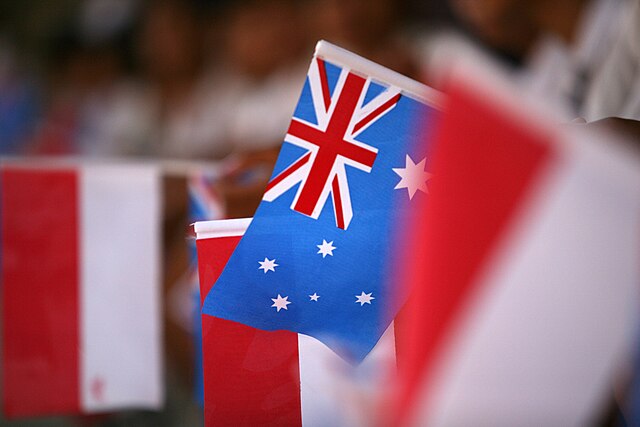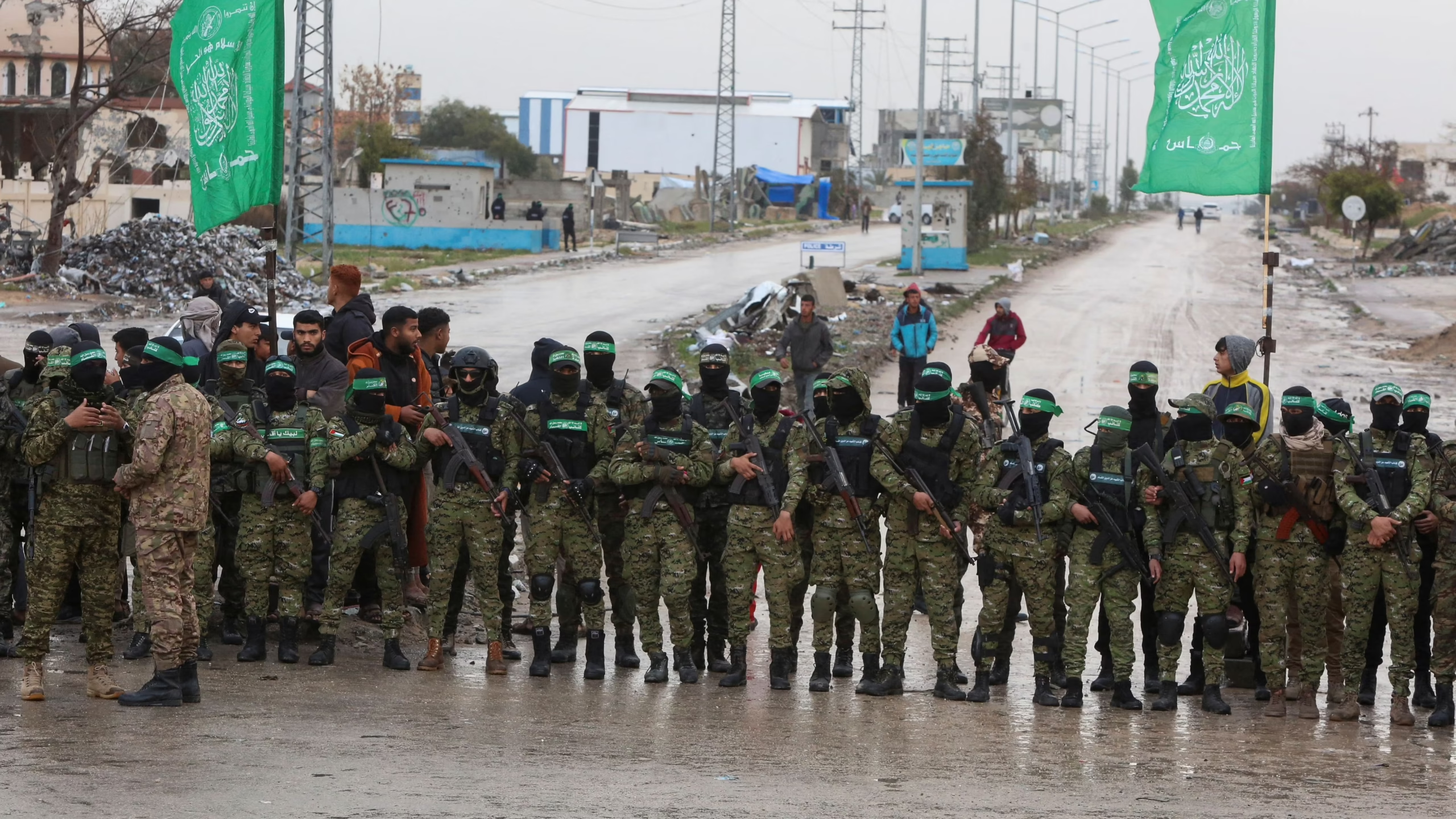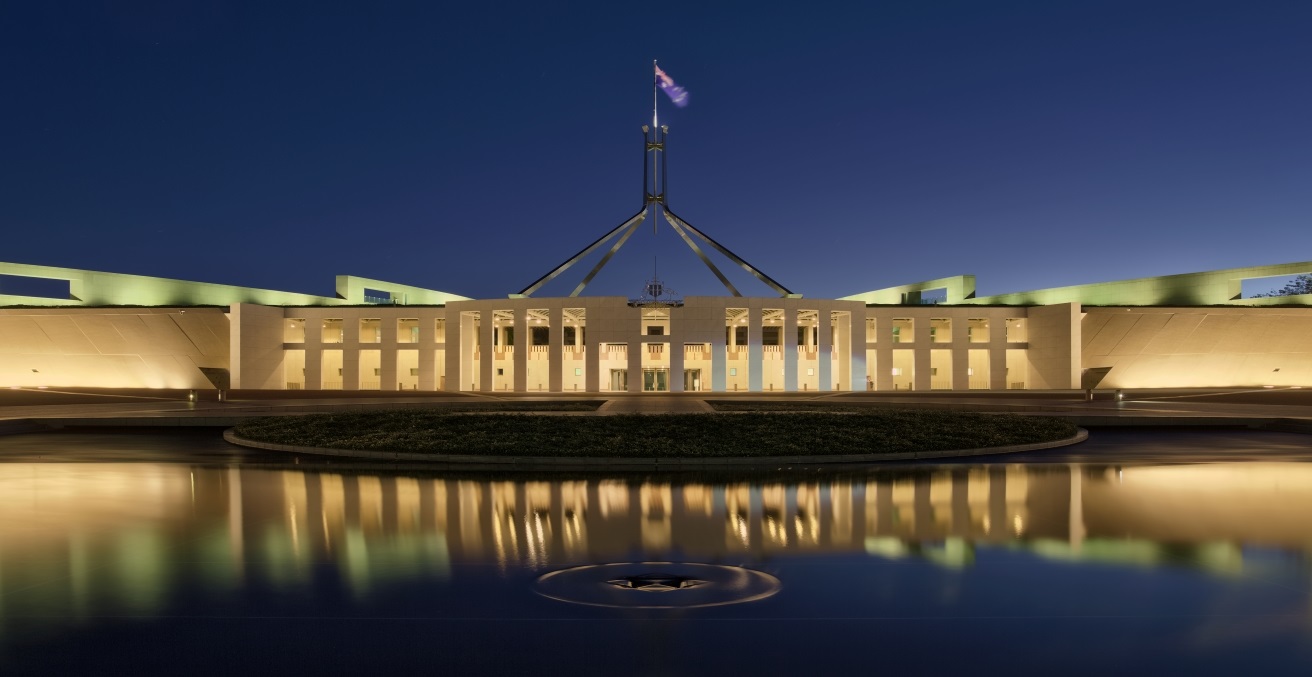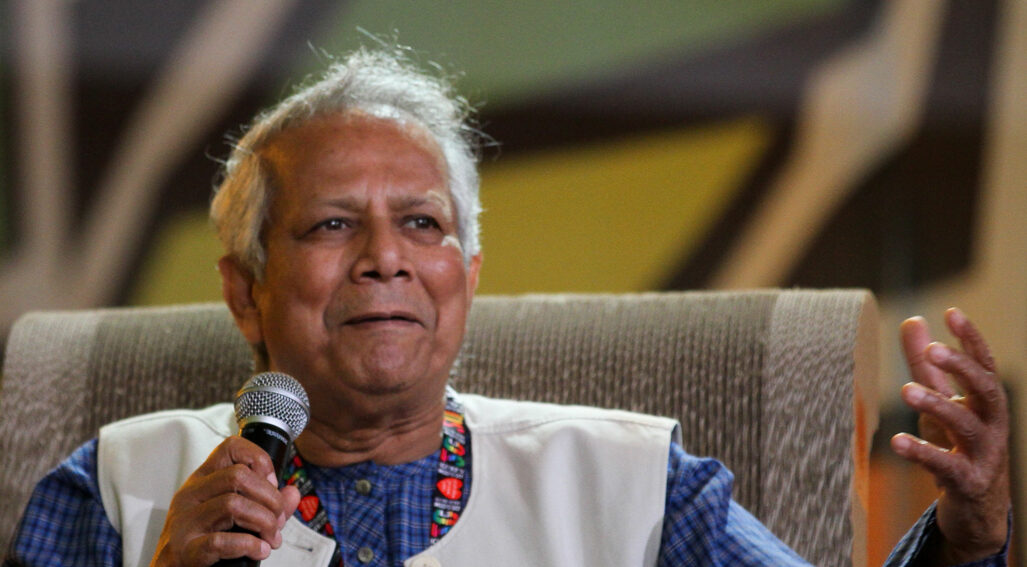US allies are revisiting their nuclear security arrangements in response to American pressure. For some who have long placed a mistaken trust in the proliferation-inhibiting notion of extended nuclear deterrence, a selective increase in the number of nuclear-armed states seems to be the most obvious answer to their fears of abandonment.
With the Cold War and its promise of mutually assured destruction now for most human beings at best a dim memory, and the multipolarity of the ensuing “Second Nuclear Age” further complicated by the emergence of new and potentially nuclear-disruptive technologies, we have, it seems, drifted into a Third Nuclear Age whose most obvious quality is entropy.
Nuclear weapons arsenals are being modernised, expanded, and diversified. No nuclear-armed state takes the prospect of disarmament seriously. Nuclear weapons have both strategic and tactical offensive value for them. The only extant bilateral strategic arms reduction agreement—New START—has been sidelined and is due to expire in February 2026. The 1968 Nuclear Non-Proliferation Treaty’s (NPT) multilateral disarmament provisions have been ignored by the Treaty’s five recognised nuclear weapon states (Britain, China, France, Russia, and the United States) for over fifty years. Russia recently revoked its ratification of the 1996 Comprehensive Nuclear-Test-Ban Treaty (CTBT). The United States has never ratified it. The one thing that the nuclear weapon states have been able to agree on is a shared hostility to the 2017 Treaty on the Prohibition of Nuclear Weapons (TPNW), which they see as threatening the preferred hegemony of the NPT over which they have substantial control.
The second Trump administration did not create this situation, but it mirrors it perfectly, and is fuelling its messy evolution. American “exceptionalism” has in the past, for the most part, been quite carefully articulated. The United States is generally pugnacious, consistent in its antipathies, and largely predictable in its behaviours. It is no less incorrigibly pugnacious now, but the consistency and the predictability are missing.
Just days into his second term, President Donald Trump told the World Economic Forum in Davos that he wanted to talk to Presidents Valdimir Putin and Xi Jinping about denuclearisation—about “cutting way back on nuclear”—and that he wants to do this before China reaches nuclear parity with the United States and Russia. “Tremendous amounts of money,” he said, “are being spent on nuclear, and the destructive capability is something that we don’t even want to talk about today . . . It’s too depressing.”
It was Trump though who, during his first term, pulled the United States out of the 2015 Iran nuclear deal, the 1987 Intermediate-Range Nuclear Forces Treaty with Russia, and the 1992 Open Skies Treaty, which allows parties to conduct arms control verification flights over each other’s territories.
The United States is now pressuring friends and allies in Europe and Asia to assume (much) more responsibility for their own defence, and at least some of these states are rethinking their nuclear security arrangements. In Europe, France’s President Emmanuel Macron has said that he is ready to “open the discussion” on a possible future European nuclear deterrent. Germany’s prospective Chancellor Friedrich Merz has indicated that he wants to talk to France and Britain about nuclear sharing. Poland’s Prime Minister Donald Tusk believes that his country must now consider acquiring its own nuclear weapons capability in response to the existential threat posed by Russia and the possibility of a US retreat from Europe; while Ukraine obviously regrets giving up its Soviet-era nuclear weapons in return for Russian and American security guarantees (even though these weapons were in fact always under Moscow’s control).
In the Middle East, Israel has had the bomb since the 1960s, and Iran may now be just months away from assembling one. The Americans are talking to the Iranians about a new nuclear deal, and a deal may be possible if Iran can be persuaded to reduce its uranium enrichment levels and to meet international transparency and verification standards in return for substantial sanctions relief and US recognition (despite ferocious Israeli opposition) of its right to host a peaceful nuclear program. Another Iranian archrival, Saudi Arabia, has long been considered a potential regional nuclear aspirant; and Türkiye is an emerging one.
In East Asia, Japan’s Prime Minister Shigeru Ishiba has called for an “Asian version of NATO” to counter the rising threat of military cooperation between China, Russia, and North Korea; and popular support for a homegrown nuclear deterrent is strong in South Korea.
The threat of proliferation is not new, and the NPT was negotiated and adopted in the 1960s as an effective means of addressing it. There are still only nine nuclear-armed states. But the NPT’s more or less exclusive focus on non-proliferation, and manifest neglect of its balancing disarmament article, have served progressively to reduce the treaty’s credibility among non-nuclear-weapon states and to provide ample space for the adoption of a parallel (disarmament-focused) instrument—the TPNW or Nuclear Ban Treaty.
Confidence in the United States’ commitment to defend its allies against nuclear attack has always been misplaced. The United States would never risk nuclear retaliation for the sake of some other country unless it was exclusively in its own interests to do so. The difference now of course is that this is much more readily apparent—to friends and potential foes alike.
It is not easy though to go down the nuclear weapons path. Access to weapons-grade material is the main hurdle, but even when this threshold is crossed, the construction of anything like a credible nuclear strike capability (in the form of an appropriately supported and reliably deliverable cache of nuclear weapons) takes years. And it means leaving the NPT. Of the nine nuclear-armed states, five are original states parties to the Treaty, and three (Britain, Russia, and the United States) are its depositaries. Three now nuclear-armed countries—India, Pakistan and Israel—never joined the NPT, and one—North Korea—withdrew from it in 2003 after making its non-peaceful nuclear intentions clear. Iran is a party to the Treaty. The United States could formerly be relied upon to lead international efforts to isolate and sanction potential proliferators, but the Trump administration has given no clear idea either of just how militarily independent it wants its nuclear-deterrent-dependent allies to become or of its attitude to their possibly acquiring nuclear weapons of their own.
Among potential proliferators, Iran and Japan (with its bountiful stock of weapons-grade plutonium) are generally thought to be best placed quickly to join the nuclear club—although, for historical reasons, it is hard to imagine either Japan or South Korea (as another example) going nuclear without the other following suit. There are of course still very powerful anti-nuclear sentiments in play, especially in Japan and Germany, but the conversation has certainly opened up, and this is significant in itself.
On a more positive note, in November 2024, 20 TPNW states cosponsored a successful UN resolution establishing an independent Scientific Panel on the Effects of Nuclear War (the last such UN-mandated study was conducted in 1988). The resolution was adopted by a large majority—although, among nuclear-armed states, only China supported it.
TPNW states parties have also recently released a report on the security concerns of non-nuclear-weapon states living in the nuclear shadow. The report emphasises the global nature of the threat posed by nuclear weapons and challenges the embedded notion that the security priorities of a handful of nuclear-armed states have priority over the rest of the world’s legitimate humanitarian security concerns. This disarmament-driven vision may still be the road-less-travelled but it has always been the only sane way out of the nuclear impasse.
Dr Peter Hooton is a former diplomat; now an adjunct research fellow at Charles Sturt University’s Centre for Religion, Ethics, and Society.
This article is published under a Creative Commons License and may be republished with attribution.




